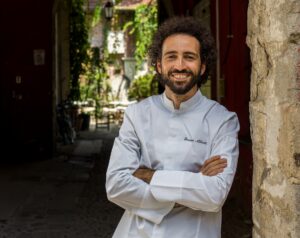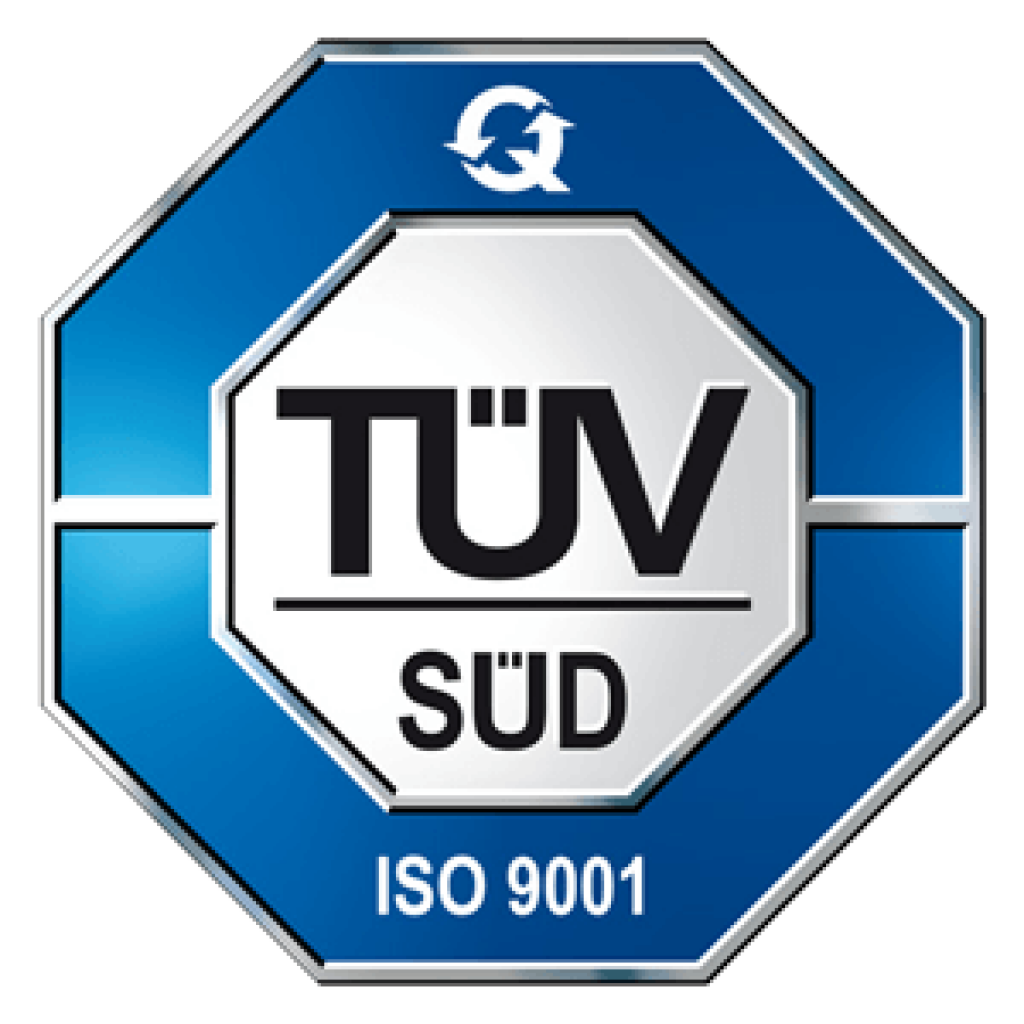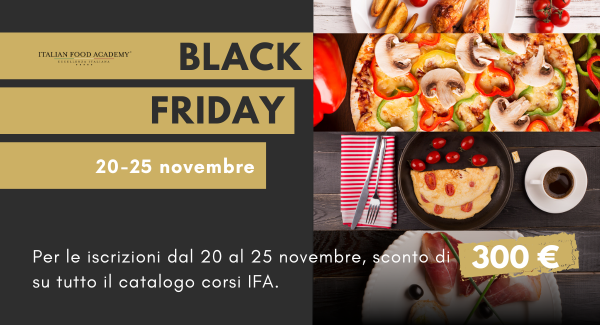Food design and food styling: two very important concepts when it comes to Plating Art. But what do these two terms mean? What are the differences?
Let's start with the Food design, which far from meaning "draw" a plate, refers to its design, to the fact of presenting a food in a dish taking into account the aesthetic, creative and representative aspect. Food, in short, seen no longer and not only under its merely nutritional aspect, but as an element that is charged with cultural, social and ethical values.
The food designer designs the dish, studying new expressive techniques, and in addition to having some chef skills, and to some extent a chemist as well, must have a keen aesthetic and artistic sensibility, that is, he must be a skilled communicator, able to play, juggle and dose temperatures, colors, textures, shapes, etc....
Food design involves several aspects: not only the preparation and presentation of dishes, but also the shape of the ingredients or the design for the food itself, with an eye to sustainability, materials, and the packaging shape.
In thePlating Art, therefore, the food designer is the one who uses all the available tools, trying to harmonize and synthesize in an original, studied and creative way, aesthetics and emotionality.
Otherwise, the food stylist, is the one who prepares the dishes that will later be the subject of photographic or film sets, trying to achieve a very specific goal which, in most cases is to stimulate the senses, evoking a series of experiences and suggestions that revolve around food. Thanks to the food stylist, the food is appealing and to do this, it often uses "props", such as crockery, cutlery and towels appropriate to the recipe, composing all the elements in a set.
Order, balance, harmony, and the study of forms are the characteristics to be taken into account in both of these roles, which are essential for a dish to become a work of art in its own right.
What makes the difference between one result and another is, then, the creativity, style, and signature of the individual professional, the result of each person's experience and training or cultural sensitivity.
Designing a dish: Everything starts with a sketch.
That's right, like any work of art, even in implantation you start with a sketch. In designing a dish, this stage will be important for evaluate aesthetics and establish every detail, calibrating every structural, geometric, chromatic element, aesthetic impact, originality to the eye of the beholder.
Art of plating: the importance of the serving dish, the chef's canvas.
Like the painter, the chef also uses his medium to make his work of art, which in this case is the platter.
The painter has a canvas in front of him and that is his compositional space, while the cook has the serving dish. Here he will have to assemble all the available elements, playing with chiaroscuro and volume, perspective and color, combining taste and texture. The shape of the dish will contribute to the Aesthetic rendering of plating and its choice constitutes an important moment for the practitioner.
There are many types of them on the market, industrial and artisanal, and their production is a growing slice of the market today. Every chef has his or her favorite serving platter, made of the most diverse materials and shapes: glass, porcelain, chalkboard or wood, with or without rims, round, square or rectangular, each to be used to best enhance the dish they will accommodate.
Usually, white-colored plates are used to enhance the colors of the food, other times it is good to use dark ones to highlight a light sauce, grays to bring out the warm colors red, yellow and orange.
You want to learn practically all the secrets of the'the art of plating? Find out the IFA course, taught by the best lecturers in the field.
Source: Angela Simonelli - At the school of food design, plating with taste and creativity








